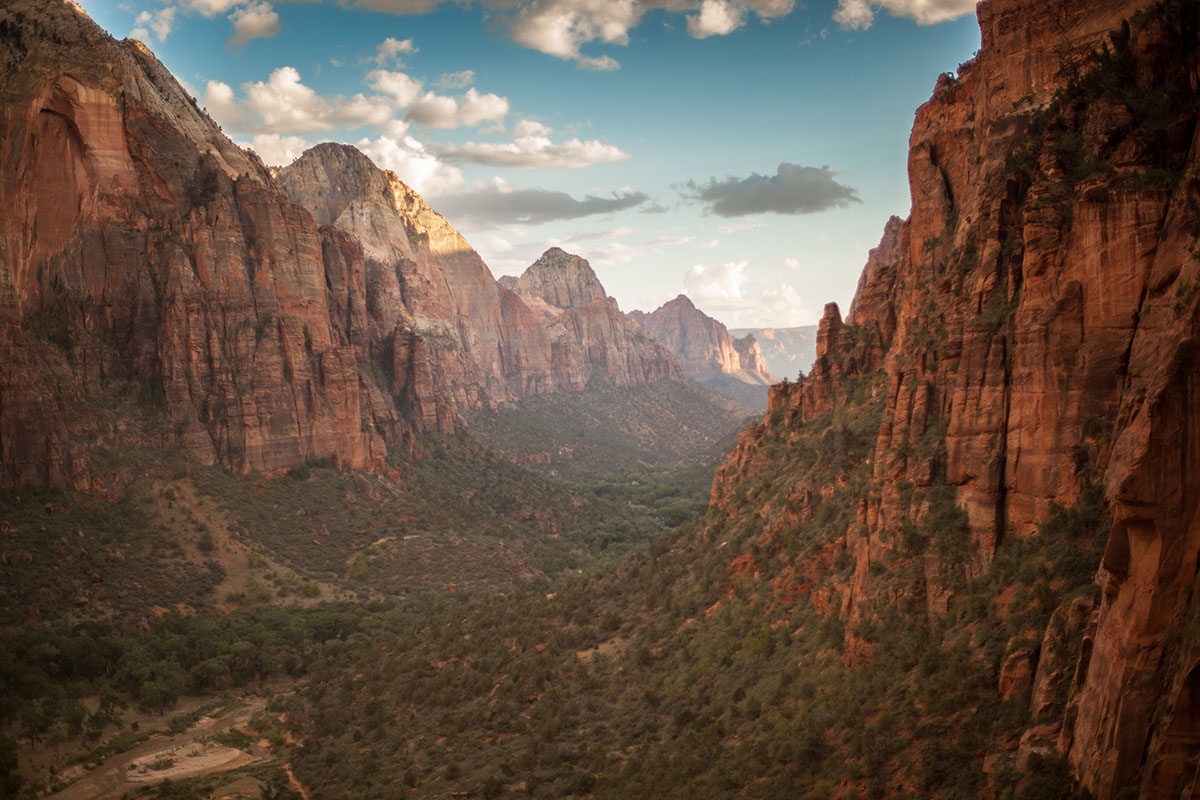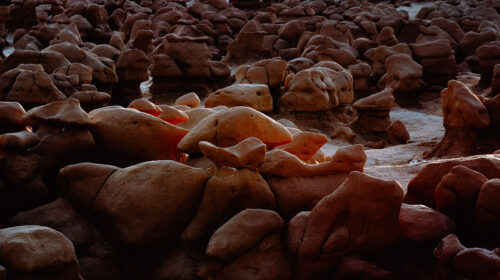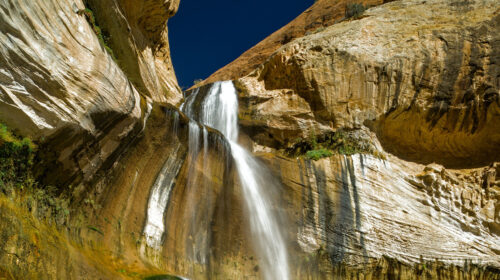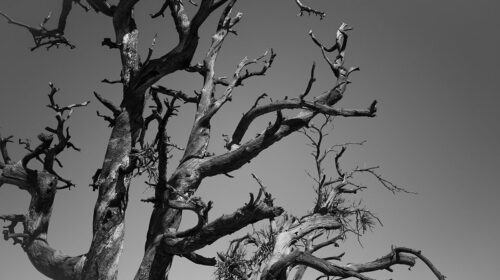Visiting Zion National Park: A Complete Guide
Zion National Park is a beautiful place nestled in southwestern Utah, USA. It stretches across 146,000 acres and is home to a wide range of flora and fauna. Zion National Park is well known for its stunning red sandstone cliffs, canyons, and natural arches. It attracts millions of visitors each year, including hikers, rock climbers, backpackers, and outdoor enthusiasts.
Zion National Park was established on November 19, 1919, and it was the first national park in Utah. The park was named after the biblical name “Zion,” which means a place of peace and refuge. The park has been inhabited by Native Americans for thousands of years, and today its administration works closely with native tribes to preserve the cultural and traditional values of the land. The park also has a rich geological history, with rocks dating back over 250 million years.
Zion National Park has a wide range of activities for visitors, both adventurous and cultural. The park has a range of trails for all sorts of hiking levels, from easy walks to challenging landscapes where you can test your limits. Some of the popular hikes include Narrows, Angels Landing, Observation Point, and Emerald Pools. The park also offers rock climbing, horseback riding, cycling, and canyoneering.
If you are not into any of the outdoor activities, you can explore the Zion Human History Museum, the Zion Canyon Visitor Center, and enjoy the stunning views of the park. The Zion Canyon Scenic Drive is a great way to get around the park, and you can take a shuttle ride or hike to enjoy the beauty of the park.
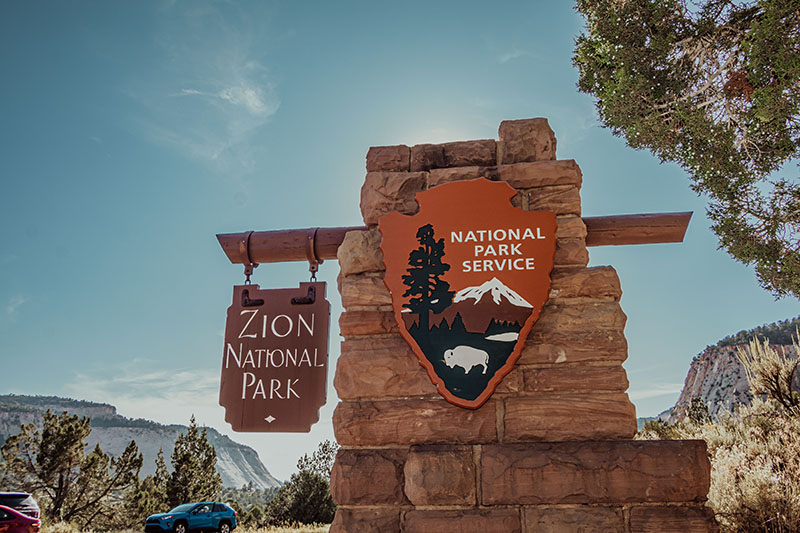
Zion National Park is a busy place, and it is recommended to plan your visit in advance. The park has a high volume of visitors, especially during peak seasons, so try to arrive early in the day to avoid long lines and crowded parking lots. In addition, bring enough water and food and wear appropriate clothing and shoes for the terrain. Zion National Park offers guided tours and programs to help enhance your experience in the park.
Zion National Park is open year-round, but the best time to visit is from March through October. During this time, the weather is mild, and most of the trails and routes are open for visitors. The peak season is from June to August when the park is at its busiest. If you prefer a less crowded experience, visit the park in the shoulder seasons.
Zion National Park has a range of accommodation options, from campgrounds, lodges, and hotels. The park has three campgrounds, and reservations can be made online in advance. The in-park lodging options include Zion Lodge and Zion National Park Lodge, and there are also many hotels and vacation homes in the nearby towns of Springdale and St. George.
Zion National Park is a must-visit destination for nature lovers and adventure seekers. With its unique geological formations, stunning landscapes, and cultural heritage, it is a place you will never forget. From hiking, rock climbing, and canyoneering to exploring the Human History Museum or just enjoying the scenic drives, there is something for everyone in the park. So, plan your visit to Zion National Park and create great memories that last a lifetime.
Places to stay near Zion National Park
Here’s a list of attractions near Zion National Park
- Canyon Overlook Trail – 1 mile One of the most popular short hikes in the park, offering a stunning view of Zion Canyon.
- Zion-Mount Carmel Tunnel – 1.1 miles A remarkable feat of engineering providing access to the eastern part of Zion National Park.
- Checkerboard Mesa – 18.7 miles Known for its distinctive checkerboard pattern, it’s a must-see for any visitor.
- Cedar Breaks National Monument – 60 miles A natural amphitheater canyon, similar to Bryce Canyon, but less crowded.
- Bryce Canyon National Park – 72 miles Famous for its unique geology, consisting of a series of horseshoe-shaped amphitheaters carved from the eastern edge of the Paunsaugunt Plateau.
- Grand Staircase-Escalante National Monument – 99 miles A diverse landscape filled with cliffs, plateaus, and canyons.
- Lake Powell – 122 miles A reservoir on the Colorado River, straddling the border between Utah and Arizona, known for its boating and fishing opportunities.
- Grand Canyon National Park (North Rim) – 122 miles Offers a quieter, more secluded experience of the Grand Canyon with equally impressive views.

